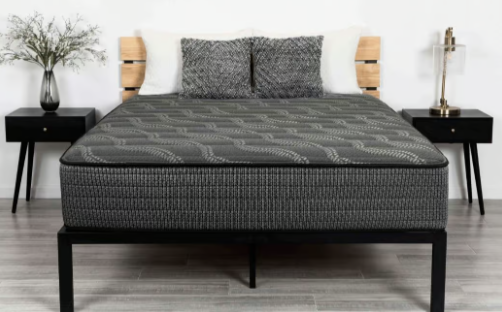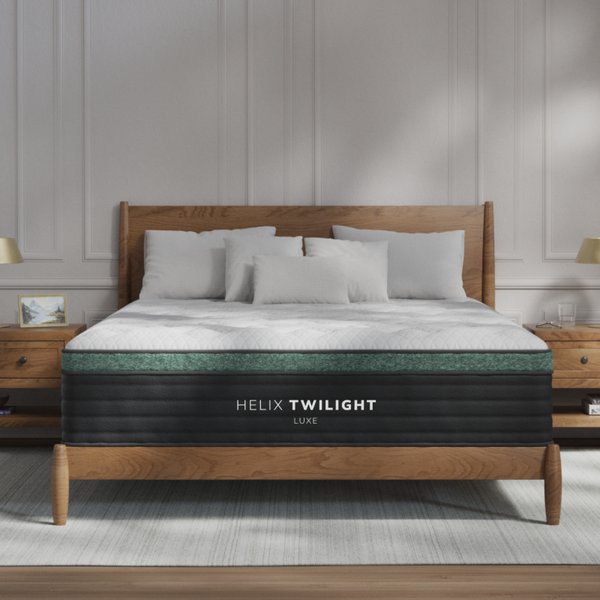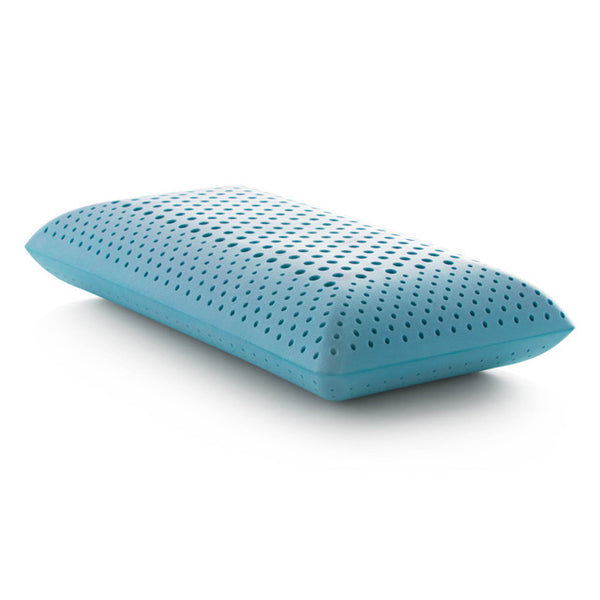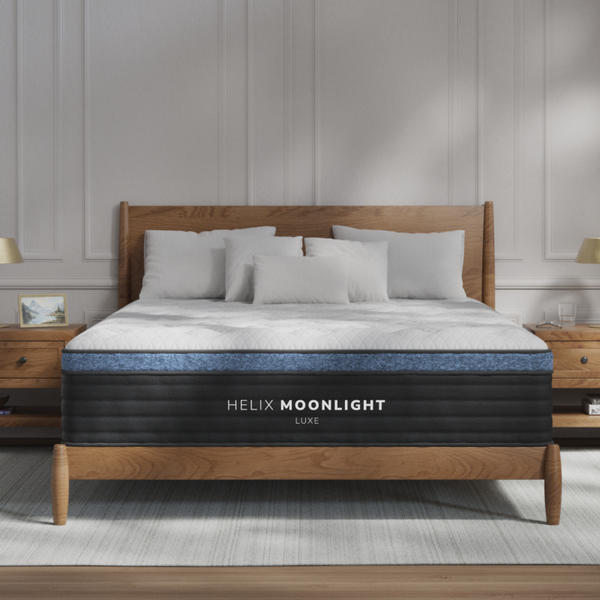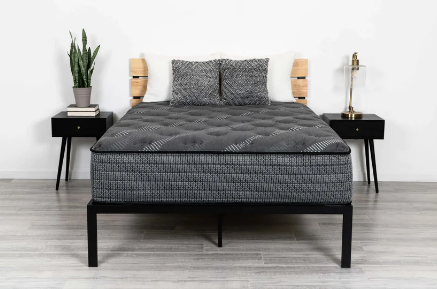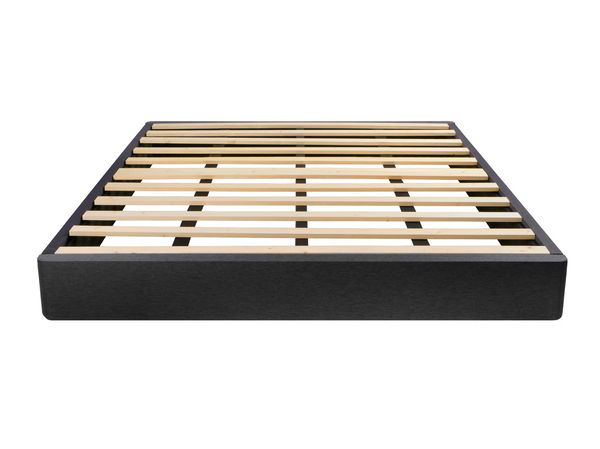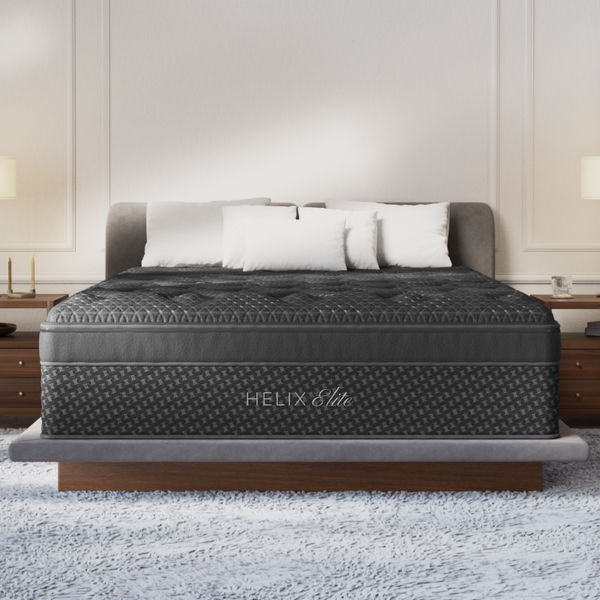
Overview
Finding the right mattress can be challenging for allergy sufferers due to allergens like dust mites and mold. This article explains mattress allergies and highlights the benefits of choosing hypoallergenic mattresses, which reduce allergen exposure, improve sleep quality, and are easier to maintain. Key features to look for include materials like memory foam and natural latex, allergen-resistant covers, and customizable options. Additionally, maintaining a clean sleep environment is essential for minimizing allergens. Investing in a hypoallergenic mattress can significantly enhance your sleep quality and overall health.
Frequently Asked Questions
1. What are the common allergens found in traditional mattresses?
2. Why should I choose a hypoallergenic mattress?
3. What materials should I look for in a hypoallergenic mattress?
4. How can I maintain a hypoallergenic sleep environment?
5. What are the symptoms of a mattress allergy?
Finding the perfect mattress can be a daunting task, especially for those who suffer from allergies. Traditional mattresses can harbor allergens such as dust mites, mold, and pet dander, which can significantly disrupt your sleep quality and overall health. This article will guide you through understanding mattress allergies and how to choose hypoallergenic options that keep your sleep space safe and comfortable.
Understanding Mattress Allergies
Mattress allergies typically stem from allergic reactions to various materials and microscopic organisms within the mattress. Common culprits include:
- Dust Mites: These tiny creatures thrive in warm, humid environments and feed on dead skin cells. They can trigger asthma and allergy symptoms.
- Mold and Mildew: Moisture can accumulate in mattresses, leading to mold growth, which is known for causing respiratory issues.
- Volatile Organic Compounds (VOCs): Some mattresses release VOCs, which can irritate the respiratory system.
- Latex Allergens: For individuals allergic to latex, certain mattresses can provoke allergic reactions.
Understanding these allergens is the first step toward making a safe mattress choice. Let’s explore the features to look for in a hypoallergenic mattress.
Why Choose Hypoallergenic Mattresses?
Hypoallergenic mattresses are designed to minimize allergen exposure and create a healthier sleep environment. Here are a few reasons why you should consider going hypoallergenic:
- Reduced Allergen Exposure: These mattresses are crafted from materials that resist dust mites and other allergens.
- Improved Sleep Quality: Allergy relief leads to better sleep, which is crucial for your overall health and well-being.
- Durability: Many hypoallergenic mattresses are made with high-quality materials that tend to last longer than standard mattresses.
- Easy Maintenance: Many hypoallergenic options are designed to be easily cleaned and maintained, further reducing allergen accumulation.
Key Features of Hypoallergenic Mattresses
When selecting a hypoallergenic mattress, consider these features that can help you breathe easier at night:
Material Matters
The type of materials used in a mattress significantly impacts its hypoallergenic properties. Here are some common materials:
- Memory Foam: High-quality memory foam beds are usually resistant to dust mites and mold, providing a safe sleep surface.
- Latex: Natural latex is anti-microbial and dust mite resistant. However, ensure you choose a mattress free from synthetic latex if you have a latex allergy.
- Organic Materials: Mattresses made from organic cotton or wool are less likely to contain harmful chemicals or allergens.
Covering Choices
The mattress cover can also play a vital role in its hypoallergenic properties. Consider options like:
- Allergen-Resistant Covers: Specially designed covers can provide an additional barrier against dust mites and other allergens.
- Machine-Washable Covers: Being able to wash your mattress cover regularly can help maintain a clean sleeping environment.
Identifying the Right Hypoallergenic Mattress Type
Different types of mattresses offer unique benefits. Here’s a breakdown of the most common types of hypoallergenic mattresses:
Innerspring Mattresses
While traditional innerspring mattresses may not typically be hypoallergenic, some models contain antimicrobial materials and dust mite barriers. These mattresses can provide airy comfort while minimizing allergen accumulation.
Memory Foam Mattresses
Memory foam is an excellent choice for allergy sufferers as it typically resists allergens due to its dense structure. A high-density foam also has the added benefit of conforming to your body for better support.
Latex Mattresses
Natural latex mattresses are inherently hypoallergenic and do not provide a habitat for dust mites or mold. However, always make sure to verify the type of latex used if you have sensitivities.
Adjustable Air Mattresses
These mattresses allow you to customize firmness levels and often feature hypoallergenic materials. They are easy to clean and maintain, providing an ideal option for allergy sufferers.
Maintaining a Hypoallergenic Sleep Environment
Choosing a hypoallergenic mattress is only one part of creating a serene sleep sanctuary. Here are additional tips to reduce allergens in your bedroom:
- Regular Cleaning: Regularly wash your bedding, mattress protectors, and pillow covers in hot water to eliminate dust mites.
- Humidity Control: Use a dehumidifier to keep humidity levels low—ideally between 30% and 50% to discourage dust mites and mold.
- Use Air Purifiers: Invest in HEPA air purifiers that can help remove allergens from the air.
- Choose Non-Toxic Cleaning Products: Select cleaning products that reduce the likelihood of chemical irritants.
Spotting the Signs: Are You Having Mattress Allergy Symptoms?
Allergy symptoms can often be subtle and mistaken for other issues. Here are some signs to look for:
- Persistent Sneezing: Frequent sneezing, especially in the morning, can indicate an allergy problem.
- Itchy Eyes or Throat: If you notice that your eyes or throat itch when you wake up, it could be due to allergens in your mattress.
- Coughing or Wheezing: If your allergies feel worse during the night, it’s crucial to evaluate your mattress and bedding.
- Skin Reactions: Rashes or other skin irritations can be a sign of an allergic reaction to materials in your mattress.
Final Tip: Make the Right Choice for Your Health
Your sleep environment plays a significant role in your overall health and well-being. Investing in a hypoallergenic mattress can help ensure that your nightly retreat is free from irritants and promotes restful sleep. Remember to consider factors like materials, maintenance, and cleanliness when making your choice. Ultimately, the best mattress for your allergies may lead to transformative benefits for your quality of life, granting you the peaceful rest you deserve. Sleep tight, healthy dreams await!
Discover the creativity of other Shopify or Wix store owners by visiting their stores. Follow this link to their online store. Please remember that this is a promotional link, and we assume no liability for the content of the linked store.

